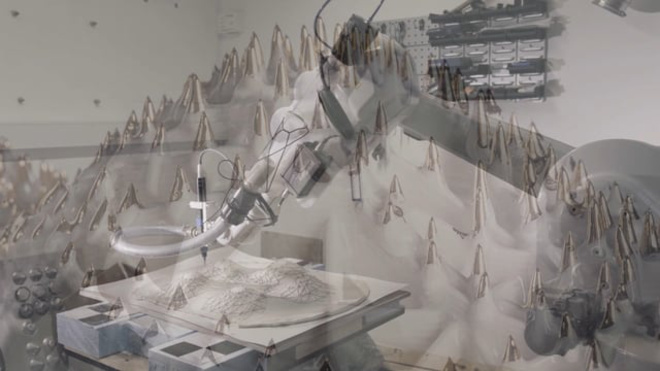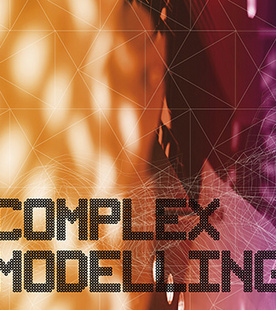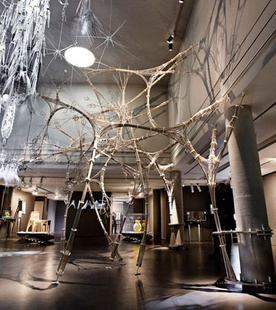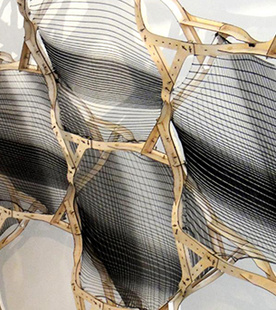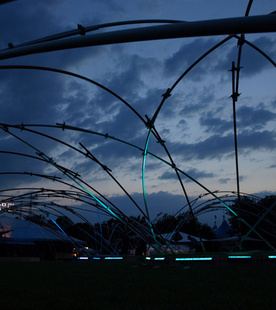Filigree Robotics
Filigree Robotics investigates the combination of traditional ceramic craft with robotic fabrication.
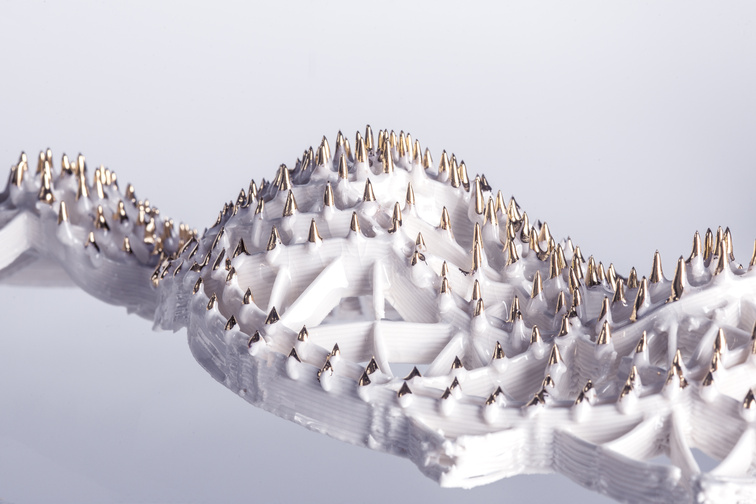
The project is a research collaboration between architects from CITA and ceramicists from KADK Superformlab its results are large-scale 3D printed ceramics accompanied by prints, videos and ceramic probes, which introduce the material and design processes of the project.
'Filigree Robotics' experiments with a combination of the traditional Danish ceramic technique of ‘Overforming’ with 3d Laserscan and Robotic extrusion technique. The ceramic material in ‘overforming’ is formed over a three-dimensional mould made of specially threated clay. The technology is well known in the ceramic craft and has a lineage of use for the making of fine porcelain. It is however not applied in architectural or industrial processes of today.
‘Overforming’ is intuitive as process, allows for an immediate and artistic approach to the creation of the form and invites for experimentation. In Filigree Robotics we combine the crafting of the mold with a parallel running generative algorithm, which is fed by a constant laserscan of the 3d surface. This algorithm, analyses the topology of the mold, identifies high and low points and uses these as starting point for the ornamentation of a toolpath, which follows the movements of the surface.
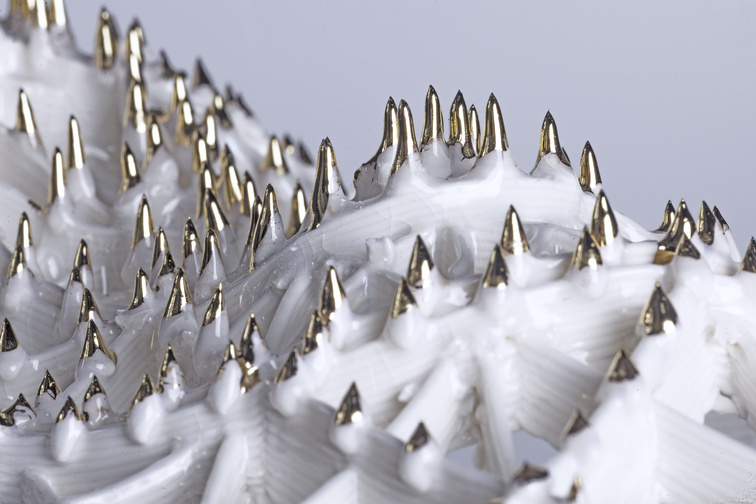
A new developed robotic clay printing process enables the drawing of fine lines of porcelain and to stop and start these at any point with high precision. Starting with lines the project developed a series of further new topological expressions in clay printing and combines these with the further processing of the raw clay to triple fired glazed porcelain. The project points here at the reality and richness of material processes, the need and ability to refine and highlight the form through color and selective application of reflectivity after an initial 3d print.
The consideration and integration of this material practice into a digital workflow took place in an interdisciplinary collaboration of Ceramicist Flemming Tvede Hansen from KADK Superformlab and architectural researchers from CITA (Martin Tamke, Henrik Leander Evers, Esben Clausen Clausen Nørgaard & Scott Leinweber). The team created an understanding of technology and material processes, which led to a set of innovation on material, robotic and process level. Finally, a series of up to of up to 60x60cm sized ceramic objects was created - challenging the traditional size of porcelain.
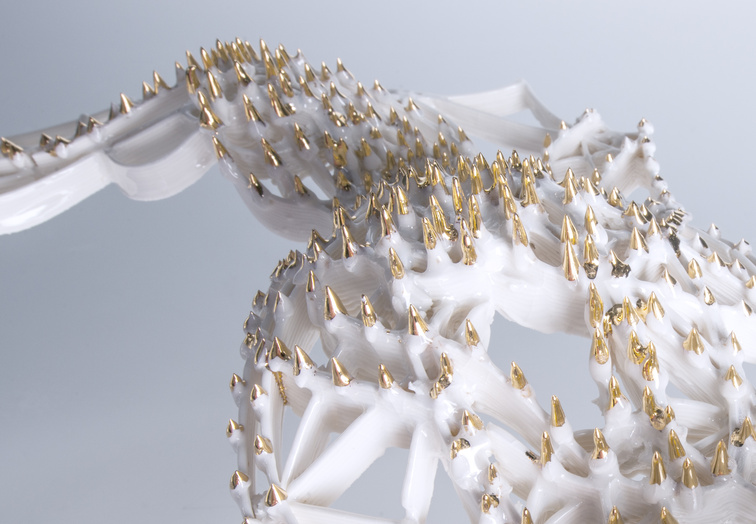
The objects emancipate themselves from their origin in the digital craft. Their presence and expression is finally grounded in the interplay of the filigree of the ornamented ceramic object with light and shadow.
The project recived funding from Dreyers Fond and Statens Kunstfond.


